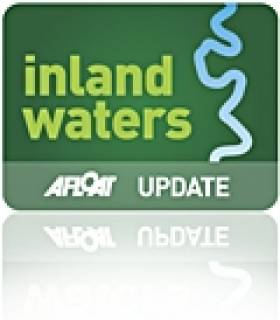Displaying items by tag: Raft Race
Hen Island Raft Race Returns to Strangford Lough
Hen Island lies in Whiterock Bay near Sketrick Island on the west shore of Strangford Lough in Northern Ireland and used to be the location for a popular raft race.
Now post Lockdown the Strangford Lough Raft Race is back by popular demand and will be held on Friday 3rd June on the 2022 Jubilee Weekend. Places are limited.
There will be about 20 entries open to teams (max of 6 people) from Strangford Lough Yacht Club members, so if you are interested, start preparing to build your rafts - no sail, power or boat hulls allowed! It should be noted that any materials used must be suitably cleaned of any toxicity so that there is no damage to the Lough.
More details, raft and team rules will be released shortly on the new website, but meanwhile, do start the necessary preparations.
The Club hopes everyone will be ready for a fun-filled family Jubilee Weekend
Entries Open For IUSRU Raft Race at Docklands Summer Fest
#InlandWaterways - The Irish Underwater Search and Recovery Unit (IUSRU) has announced details of its Raft Race as part of the Waterways Ireland Docklands Summer Festival.
Entry is €25 per person with four persons per raft for the day of wackiness on the water at Grand Canal Basin on 19 May.
And for those who can't build their own raft in time, prebuilt rafts can be supplied by the organisers.
More details of the event can be had from the IUSRU at 087 975 8656 or [email protected].
The complete programme of events for the Docklands Summer Festival will be posted on the official website shortly.





























































